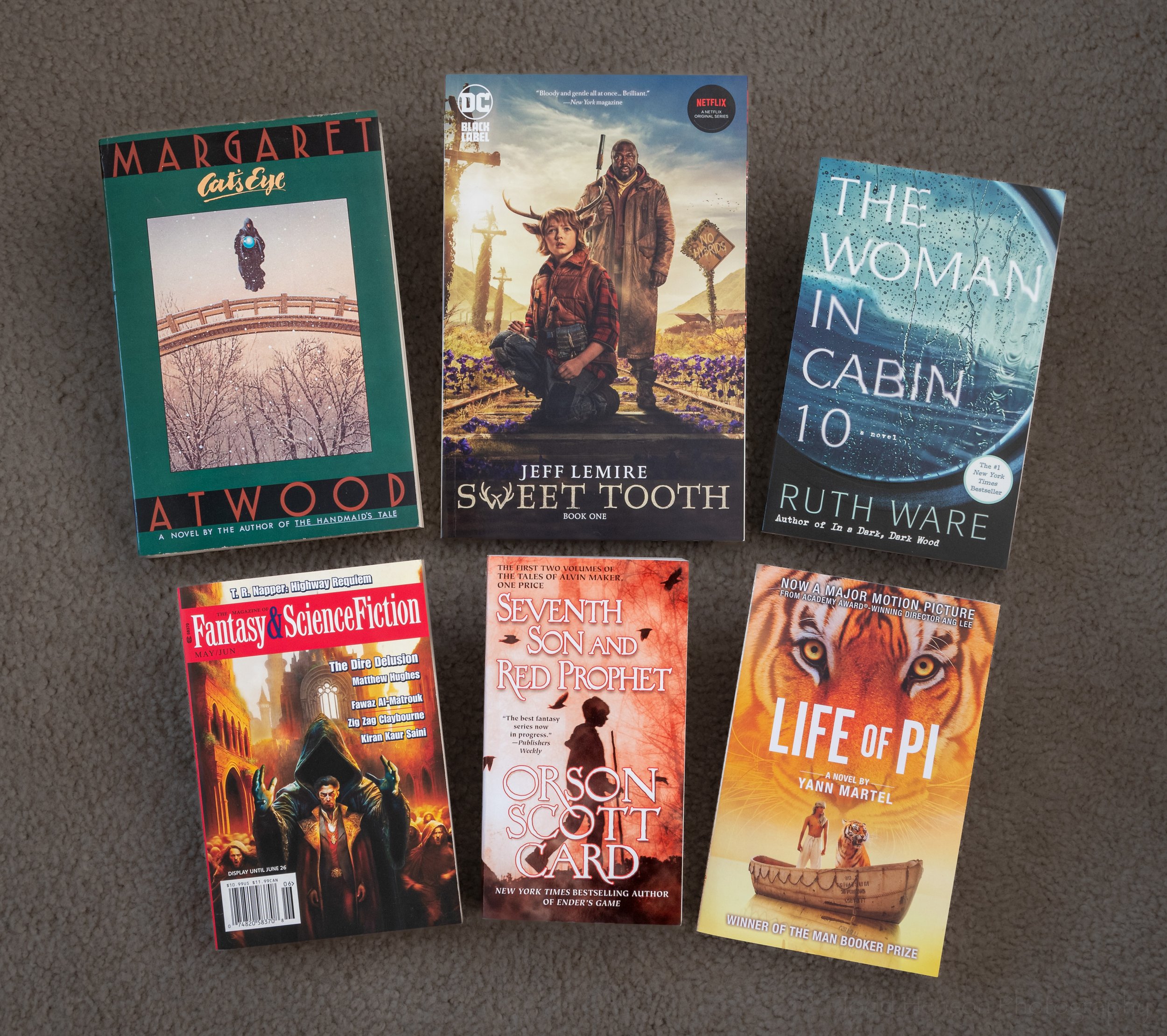This post contains affiliate links and I will be compensated if you make a purchase after clicking on my links. This is at no extra cost to you.
Birders: The Central Park Effect is a beautiful documentary from 2012 by Jeffrey Kimball. It follows a group of people through the seasons as they go out birding in Manhattan's Central Park. The film is split into sections by season, beginning with spring, moving on to summer, autumn, winter, and back again to spring. The people birding are as varied as the birds and their numbers throughout the year also vary as do those of the birds. Some people only bird during the spring migration, when the song birds are moving north. Others bird the entire year, enjoying the variety of different species inhabiting the park during different seasons.
There are a number of birds who inhabit the park the entire year, making it their home during every season. These are the common birds, such as Northern Cardinals. When asked if he ever gets tired of looking at a cardinal, Lloyd Spitalnik replied: “If you get tired of looking at the common birds you might as well just pack it in. I mean, these birds are gorgeous.”
The birds who don’t stay in Central Park year round are called migrants. They migrate north in the spring, moving from tropical locales to the Canadian provinces where they can find an abundant food supply. They go there to breed and raise young. Dr. John Fitzpatrick, the Director of the Cornell Lab of Ornithology describes how millions of migrants move north during the night. At dawn thousands of them will stop over in Central Park, a perfect wooded location with plenty of food, allowing them to eat and rest during the day.
Central Park is not just a perfect location to stop, in many ways it’s one of the few available to them given the sprawling cities. The birds need a location with trees and greenery. They fly over the cities and notice Central Park, so they land and spend the day. Scientists call this the Central Park Effect.
Interestingly, Central Park is an entirely artificially created park. It is made to look natural, with small wooded areas and streams flowing through the park. But the streams can be turned on and off as needed. The park was created not just as a refuge for birds and other wildlife, but also as a location for people to congregate, to enjoy the benefits of these types of parks. There is a balance between nature and people.
During the summer the number of species seen in Central Park drops as the migrants have moved further north leaving the species that live in the park year round. As the number of bird species drop so, too, does the number of birders. But there are those who come to Central Park all year. There is still plenty to see, plenty of birds to watch and study.
“It’s a joy to watch the light go on in somebody’s eyes when they see a bird and know what they’re looking at. And they kinda get it.”
But when autumn arrives so, too, do migrants, this time heading south to their wintering grounds. And, as always, there are birders to watch and study them. During winter some species from colder northern climates travel to Central Park to spend the winter in the slightly warmer environment.
Winter is also a time when birders demonstrate themselves to be citizen scientists. Each December large numbers of birders get together for the annual Christmas Bird Count, where they attempt to count all the birds in a given area during a specific time period. They gather all their counts together and collate their findings. Over time they begin to see patterns emerge, how some species continue to do well, but many others do not. Over time they are seeing the overall number of birds dropping, a potentially troubling sign for the future.
I really enjoyed this film. I didn’t consider myself a birder, but I found myself smiling throughout the documentary, and I found the names of birds popping into my head as they appeared on screen. I thought: I’m not a birder, I don’t keep lists. Then I realized I do actually keep lists right here on this website in my Field Notes sections, where I have lists of some of the species I’ve photographed along with the photos and notes about the species. I guess I am a birder after all.
This documentary will likely appeal to you if you are a birder or just a bird lover. I enjoyed it not just for the talk and videos of birds in the park, but also the little snippets from the lives of several of the birders who frequent the park. Birders come from all walks of life, and vary as much as the birds do. But they all share the passion, the addiction, of getting out and watching for these remarkable little creatures.
See below for a preview of Birders: The Central Park Effect:
If you enjoy Birders: The Central Park Effect you may also enjoy the movie, A Birder’s Guide to Everything, staring Ben Kingsley and several young actors. It was a touching coming-of-age film about a young birder who thinks he’s made an amazing discovery and sets out with some good friends to find proof, while also dealing with a changing family situation as his father remarries.
Do you enjoy these posts?
Sign up to receive periodic emails with updates and thoughts. Don’t worry, I won’t spam you. And please consider purchasing artwork or products from my online store, and using my affiliate links in the sidebar to the right when shopping online.
I appreciate your support!





























